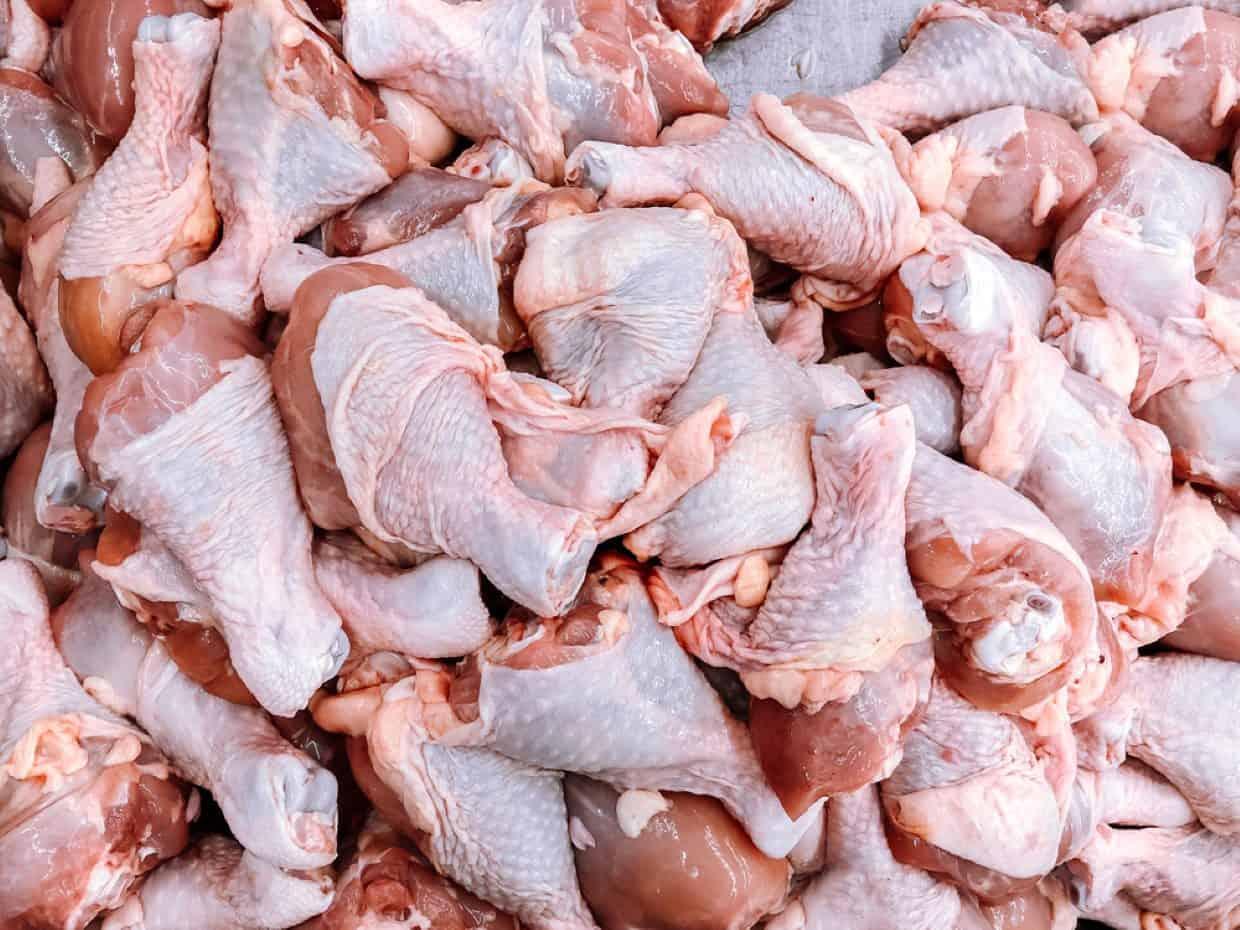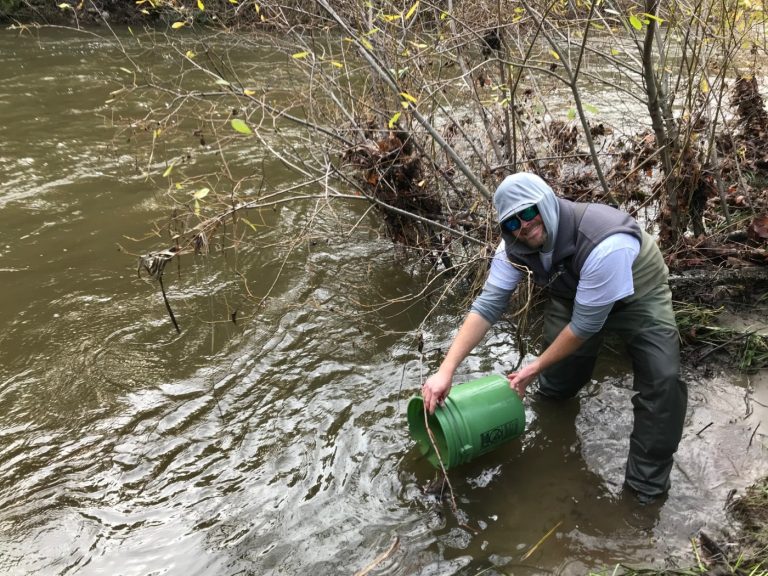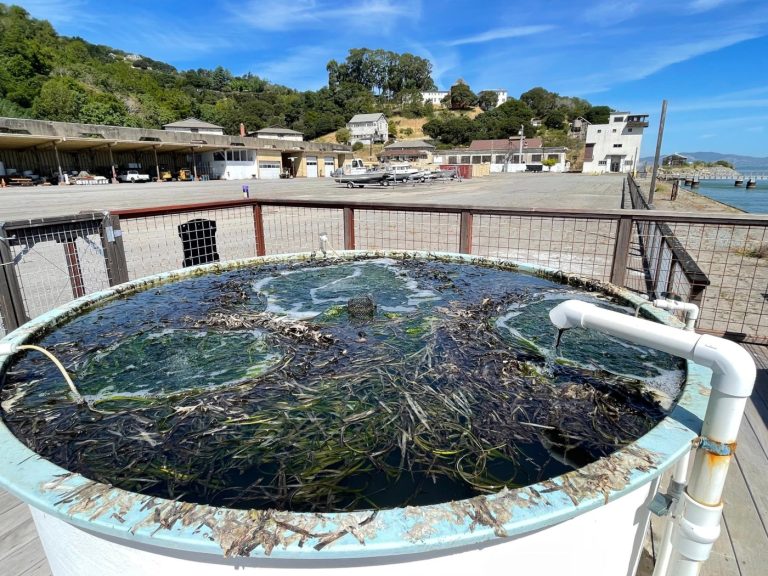Sara Nelson (Associated Press)
Is that day-old rice safe to eat? Can your three-year-old clean up the cookie dough mixing bowl? And do you really need to keep butter in the fridge?
When the topic of food preparation is on the table, it seems like everyone has an opinion. If you’ve ever gotten into an argument about these controversial food practices, then keep reading for the science-based answers that will put the debates to a halt once and for all.
Does cooking really burn off all the alcohol?
Many recipes call for a splash of wine or a dash of liquor, but how much of that alcohol actually remains after cooking? The answer depends on the cooking method and time.
According to a study by the USDA, cooking can reduce the alcohol content, but it doesn’t eliminate it entirely. For instance, simmering a dish for 30 minutes can remove about 35% of the alcohol, while cooking for an hour can reduce it by around 25%.
Longer cooking times lead to further reduction, but trace amounts can still remain. Therefore, while the alcohol content significantly decreases, it’s not entirely cooked out, so be sure to consider this if serving to individuals who avoid alcohol.
How to safely enjoy leftover rice
Meal preppers rejoice: As long as you follow proper guidelines when preparing, storing and reheating, leftover rice is safe to eat the next day. Plus, picking the proper recipe will help you avoid your rice drying out overnight. Making fried rice is a great option, as is this creamy and filling wild rice mushroom soup.
The great raw cookie dough-bate
Baking cookies with your little one is a sweet way to help them foster a love of cooking at a young age. But when they beg you for a taste of raw cookie dough, do you have to say no?
Related Articles
Lactose-intolerant woman sues coffee shop chain for $5 million over oat milk surcharge
Cupertino’s farmers market left in limbo for the summer
Berkeley’s old Westbrae Biergarten reopens as Headlands Brewing
10 of Crocs’ wildest shoe collaborations, from Pringles to pop music
Are avocados toast? Price and availability could suffer after USDA halts some Mexican inspections
According to the United States Center for Disease Control and Prevention, or CDC, eating raw cookie dough is never safe. Raw cookie dough usually contains raw flour and eggs, which can, in turn, contain germs that make people sick. To be on the safe side, you should never eat raw cookie dough and should follow the CDC’s guidelines for baking cookies safely.
Then again, in 2016, public health faculty member and expert in health risk communication Brian Zikmund-Fisher published a CNN article stating that he and his family eat raw cookie dough regularly. Zikmund-Fisher minimizes risk by using only pasteurized eggs and ensuring that his flour is not subject to any recall notices.
“Our goal is not to minimize all risk, no matter the cost,” Zikmund-Fisher wrote. “Our goal is to maximize life…Sometimes maximizing life means letting [people] enjoy some (carefully prepared) cookie dough without shame.”
Still not comfortable digging into raw dough? An edible cookie dough recipe without any flour or eggs might be your best bet.
Should tomatoes be kept in the refrigerator or on the counter?
Experts say storing whole tomatoes at room temperature is the best way to preserve their flavor and texture. But if you’re worried about tomatoes going bad, consider keeping them in the fridge for at least a few days.
Shruthi Baskaran-Makanju of Urban Farmie says, “During late summer, when I get a bountiful harvest of fresh tomatoes, I like to store them in the fridge, especially if they’re starting to look a bit past their peak!”
While tomatoes stored at room temperature are most flavorful when eaten fresh, refrigerated tomatoes are still excellent for cooking. “They do get mushy, but I’d rather have mushy tomatoes than spoiled ones,” Baskaran-Makanju confirms. A baked tomato dish, like these baked tomatoes with parmesan, is a great way to make use of a fridge overflowing with tomatoes.
Raw chicken: to rinse or not to rinse
Chicken sashimi may be taking the internet by storm, but the average home cook still needs to follow food safety principles when handling raw chicken. So, should you wash raw chicken before cooking it?
“While washing meat and poultry to remove dirt, slime, fat or blood may have been appropriate decades ago when many slaughtered and prepared their own food, the modern food safety system doesn’t require it,” the Food Safety and Inspection Service, or FSIS, of the United States Department of Agriculture, or USDA, explains.
In fact, according to the FSIS, washing raw meat and poultry can cause bacteria to spread onto other kitchen surfaces, utensils and foods through the process known as cross-contamination. So there you have it: rinsing raw chicken is unnecessary at best and unsafe at worst. Instead, follow the FSIS’ advice on properly handling raw meat and poultry.
Has your cheese got the blues?
For many cheeses, mold is a key part of the cheese-making process: French Roquefort, Camembert, Italian Gorgonzola and many others rely on molds to help them mature. But not all mold is your friend. If your previously yellow cheese is now sporting some new green or white developments, do you have to throw it away?
Leah Ingram of Bagels and Lasagna recalls, “A long time ago, a food expert I interviewed said that it is perfectly safe to cut mold off a hard cheese and continue to eat the rest. However, they said the same is not true with soft cheese, so that’s where we draw the line.”
The USDA confirms: “Discard any soft cheese showing mold. For hard cheese, such as cheddar, cut off at least 1 inch around and below the mold spot (keep the knife out of the mold itself). After trimming off the mold, the remaining cheese should be safe to eat. Re-cover the cheese in fresh wrap and keep refrigerated.”
Can you keep butter on the countertop?
Butter was invented long before the refrigerator, so it must be safe to store at room temperature, right? According to the USDA, butter is indeed safe at room temperature, but should not be left out for more than a day or two to avoid rancid flavors. Butter bells, a 16th-century invention, can help keep butter soft.
Looking for a way to use up extra butter in a hurry? These garlic butter chicken bites make for a speedy and irresistible dinner.
Don’t leave safety up to debate
Once upon a time, tomatoes were considered deadly poison and frogs were placed in milk containers to keep milk fresh. Today’s food practices may have changed slightly, but there’s still a lot of confusion out there when it comes to food safety.
And changing cooking habits isn’t easy. You might have a hard time convincing your grandma not to thaw meat on the countertop, for example. But, as anyone who’s experienced food poisoning knows, it’s better to be safe than sorry.
So next time you’re deep in a food debate, look to government organizations like the USDA and CDC for guidance. Then, once you’ve settled things, you can move on to debating the really important questions. Pineapple on pizza , anyone?
Sara Nelson is the creator of Real Balanced, a food blog that showcases easy and balanced recipes. Since 2017, she has shared these recipes with thousands of readers and social media followers. Sara lives in Wisconsin with her family.












